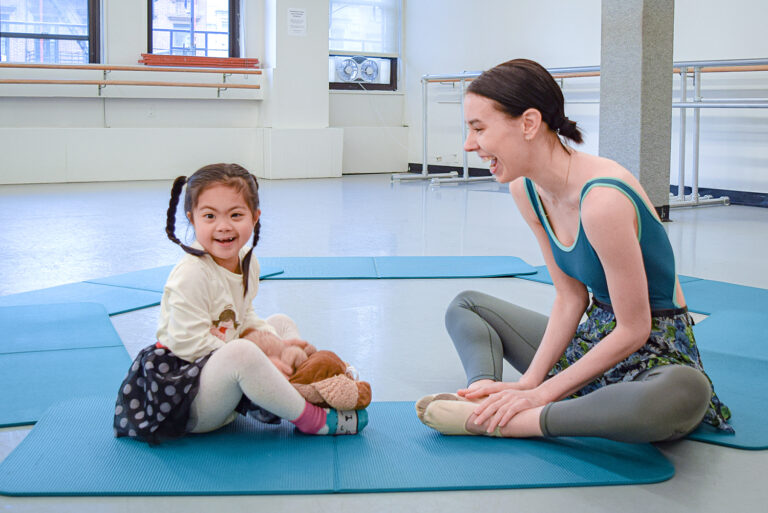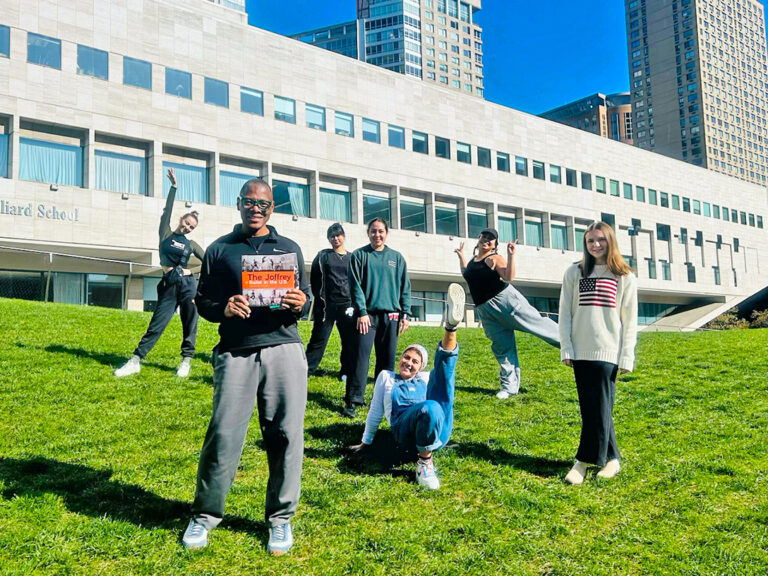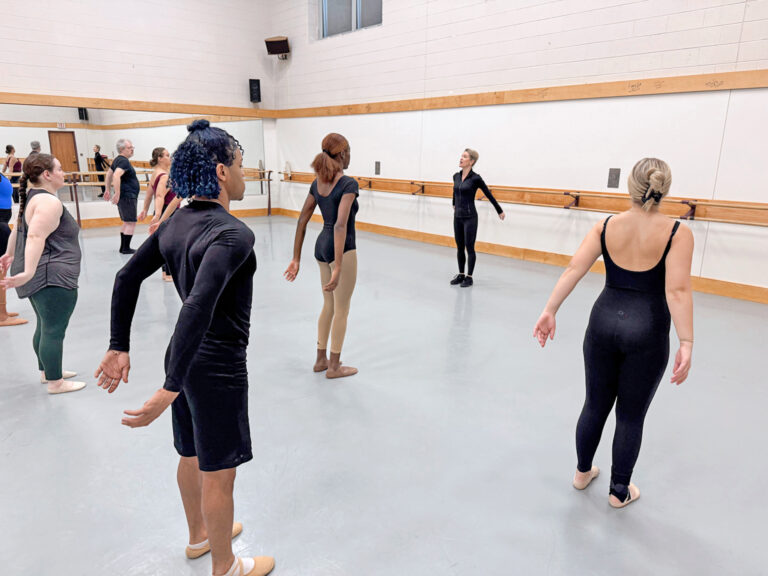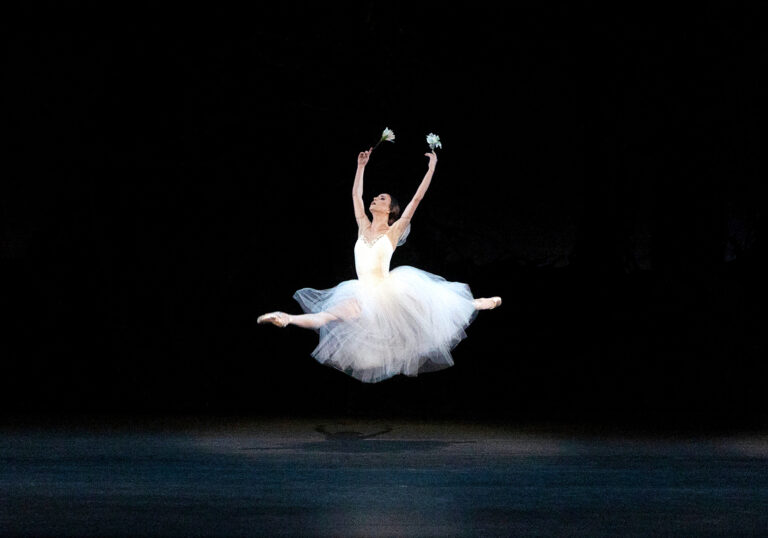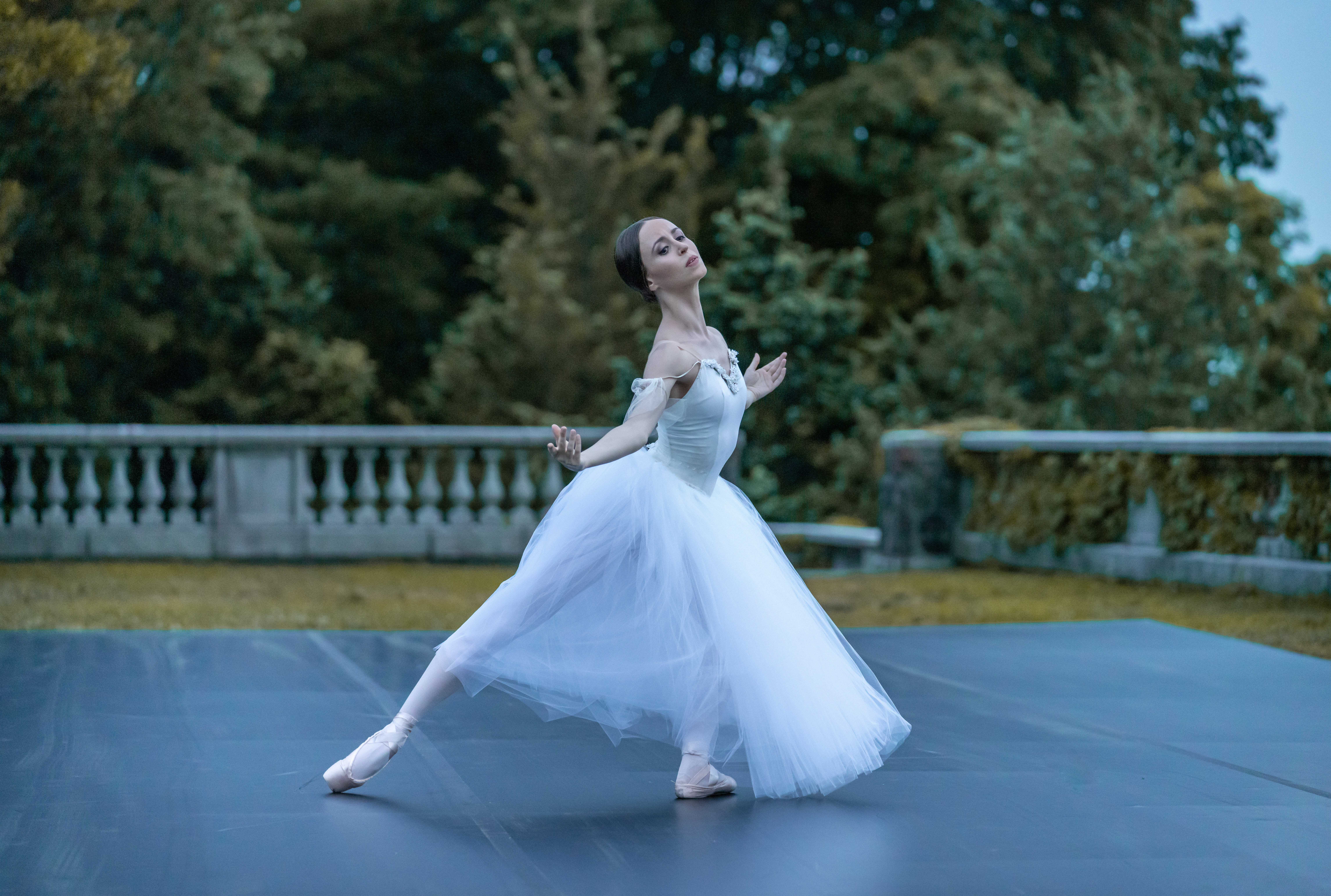
There is perhaps no one else Skylar Brandt has disappointed more than her childhood piano teacher. “I knew by the age of 8 that I wanted to be a ballerina, but my parents insisted on having me try other activities, including piano,” she explains. “With my sense of musicality at a young age, my teacher thought I had the chance to be a prodigy, and was beside herself when I finally convinced my parents to let me quit and just focus on dance.” Brandt’s not sure if that teacher has kept tabs on her, but regardless, the star ballerina credits her early exposure to classical music as fostering a “passionate and intense” connection that would go on to shape her professional career.
Post-piano fiasco, Brandt worked her way up through the ABT ranks, starting at the JKO School for four years, then joining ABT’s Studio Company in 2009 and, finally, in 2011, the corps of the main company, where she is now a principal dancer. With reliably impeccable technique honed over decades of dedication, Brandt’s more than comfortable with letting the music lead the way in her performances. “I hardly ever make requests with the conductors,” she says, “because I feel that adaptability is such an important skill. I should be capable enough to follow the orchestra’s lead, whatever they’re feeling that night. As a result, we have a really good rapport.”
For Brandt, musicality comes as a natural outworking of the way certain music inspires her. “I’ve worked with Mark Morris on several occasions throughout my career,” Brandt shares, “and I remember him saying that he doesn’t choreograph because he loves dance—he does it because he loves music. I can understand where he’s coming from.” Brandt’s timing, artistry, even her memorization of choreography at its earliest stages, are all tied to musical cues. “In pieces like Twyla Tharp’s In the Upper Room—that is close to 40 minutes long—the music is what helps us push our physical and mental limits and carries us through to the end,” Brandt explains. “It’s almost like the music indicates whether or not something even feels worthwhile to do, because at the end of the day, we have only a certain number of unique steps that can be mixed up in different orders; what matters is if that choreography will be a beautiful, interesting or unique expression of the music.”
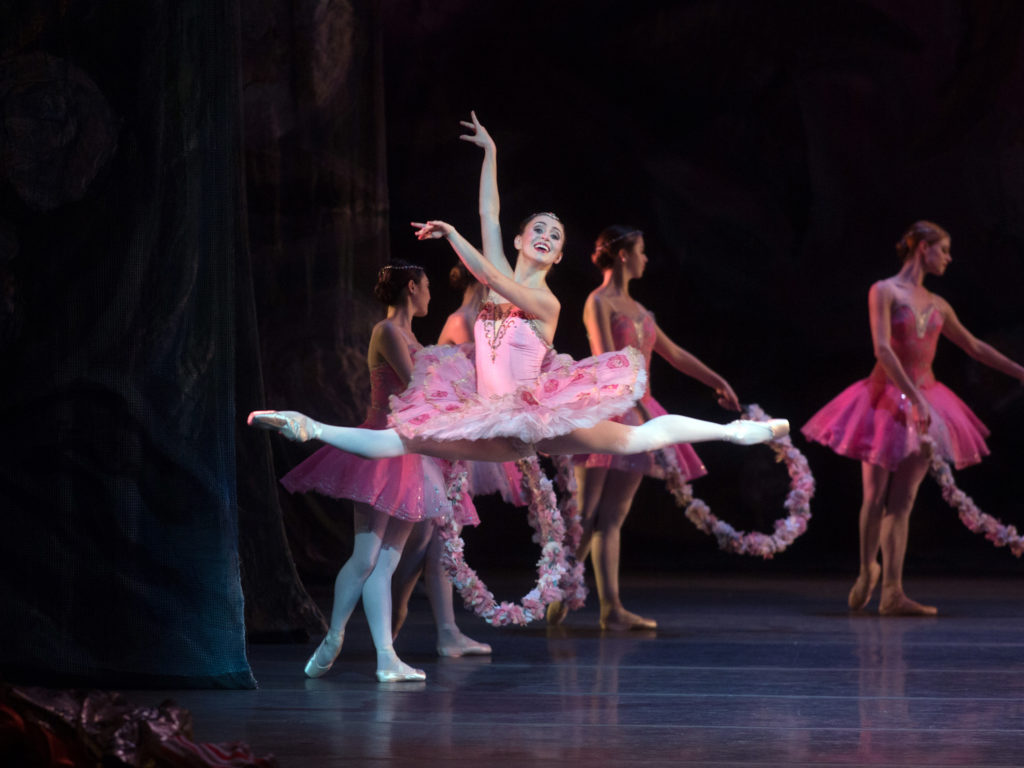
Ironically, Brandt’s most musically challenging role thus far has been one that demands a deliberate lack of musicality. “Mastering the timing of Giselle’s mad scene at the end of Act I was unexpectedly difficult,” Brandt says. “It took me a while to try to learn how to be off the music so that there’s that creepy, eerie element as we see her go through a lot of the same choreography that we saw 20 minutes ago when she was dancing with Albrecht. It was challenging to create that slight delay—for instance, picking the imaginary petals off of the flower not exactly on each note—in order to indicate to the audience that Giselle is going mad.”
As a teacher, Brandt passes on as much of her musical finesse as possible. “I always encourage my students to challenge themselves to give equal attention to every movement, and really play with the music,” she says. “It’s easy for our musicality at the barre to get a little wishy-washy, but, for example, by holding your fifth position until exactlythe right count to tendu, you’re teaching your muscles to fire in a totally different way. When you’re executing everything exactly in tandem with the music, your whole body becomes more engaged.”
In class, Brandt gravitates towards fun, uplifting songs and piano covers that her students are familiar with. For that reason, she loves the pianists Nate Fifield and Steven Mitchell. Here are some of her favorite tracks from both artists:

